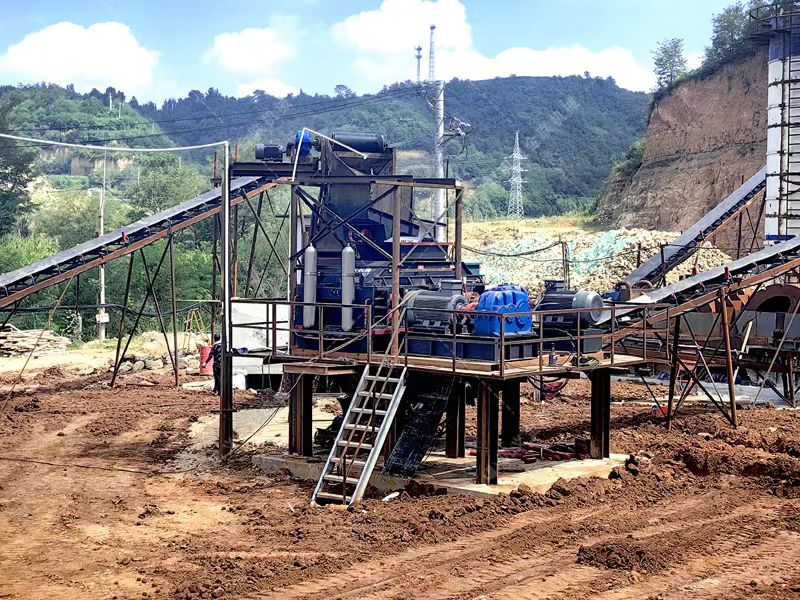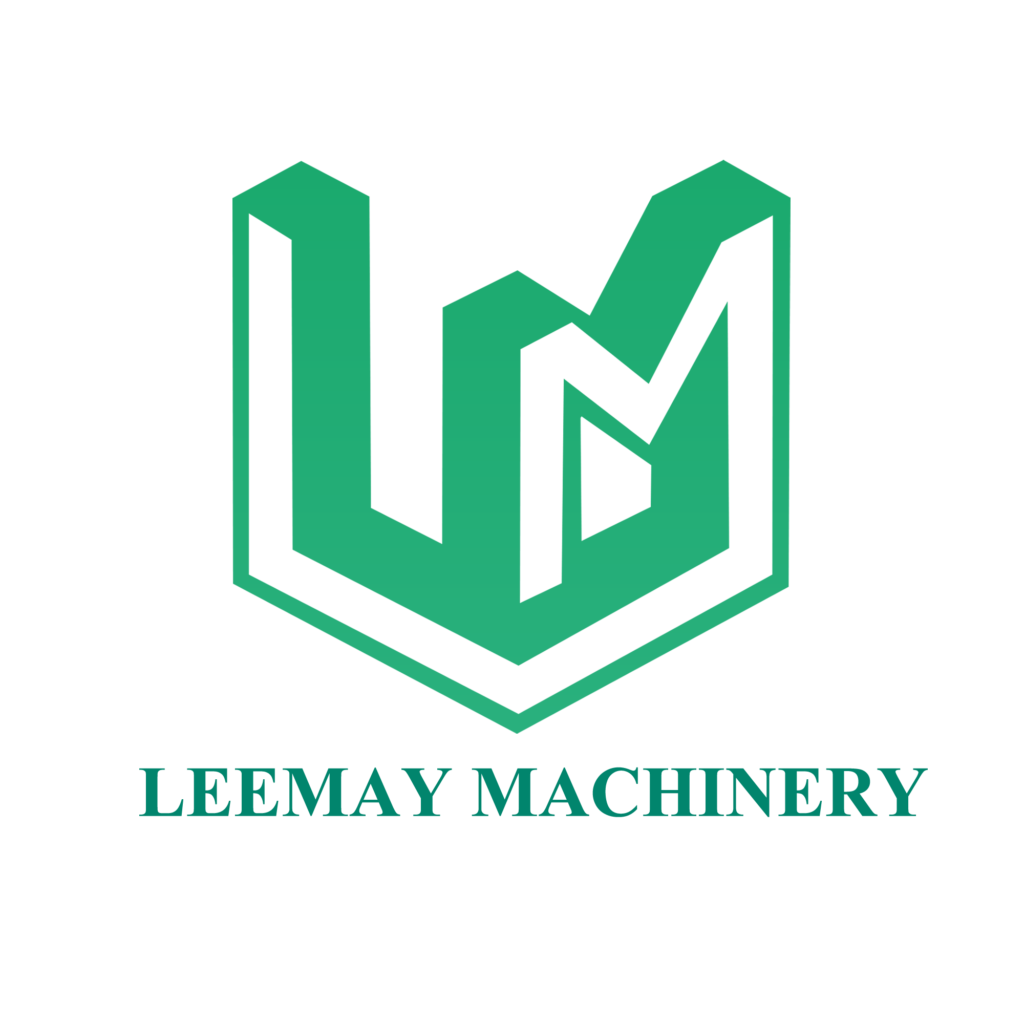Leemay Machinery — Practical guide for aggregate producers and quarry operators.
Why material matters
River pebbles and granite are both common in aggregate production, but their physical differences require different crushing approaches. Choosing the wrong crusher or wear parts causes poor product quality, rapid wear, and higher operating costs. Below is a concise, practical guide to help you select the right equipment and consumables for each feedstock.

Key material differences
- River pebble — medium–high hardness (Mohs ~6–7); naturally rounded and smooth; often contains impurities (mud, shells). Slippage during feeding and higher mud content are common challenges.
- Granite — high hardness (Mohs ~7–8); blocky and brittle with low impurities; causes heavy wear and high impact loads on equipment.
Recommended equipment by material
River pebble
- Primary: Jaw crusher.
- Secondary / shaping: Impact crusher or VSI (vertical shaft impactor) for better particle shape and manufactured sand.
- Notes: Use anti-slip feed liners and pre-wash units when mud/impurities are present.
Granite
- Primary: Jaw crusher.
- Secondary: Cone crusher for high-spec aggregates; heavy hammer crusher is an economical option for certain road-base applications.
- Notes: Specify high-wear materials, vibration isolation foundations, and dust control systems.
Wear-part recommendations
Match wear-part grade to feed hardness for optimal uptime and operating cost balance:
- Pebbles: Standard manganese liners for jaws; high-chrome blow bars or VSI impellers for impact stages.
- Granite: Ultra wear-resistant alloys (high-chrome, Ni/Mo alloyed manganese) for jaw and cone liners; forged or compound alloy hammers where applicable.
Installation & operational tips
- For pebbles, add anti-slip measures at feed points and consider pre-cleaning to remove mud.
- For granite, use vibration-isolated foundations and heavy-duty dust collection to protect equipment and maintain a clean site.
Summary
River pebble = mid-hard, smooth, and often impure. Use impactors or VSI for shaping and sand.
Granite = very hard, brittle, and clean. Use cone crushers or heavy hammer solutions and specify ultra wear-resistant parts.
Correct equipment selection reduces wear, improves product quality, and lowers total cost of ownership.
Need a tailored solution? Contact leemayco@gmail.com or call +86-13592528737 for plant design, equipment selection, and a quote tailored to your feedstock and final product specs.

Leave a Reply